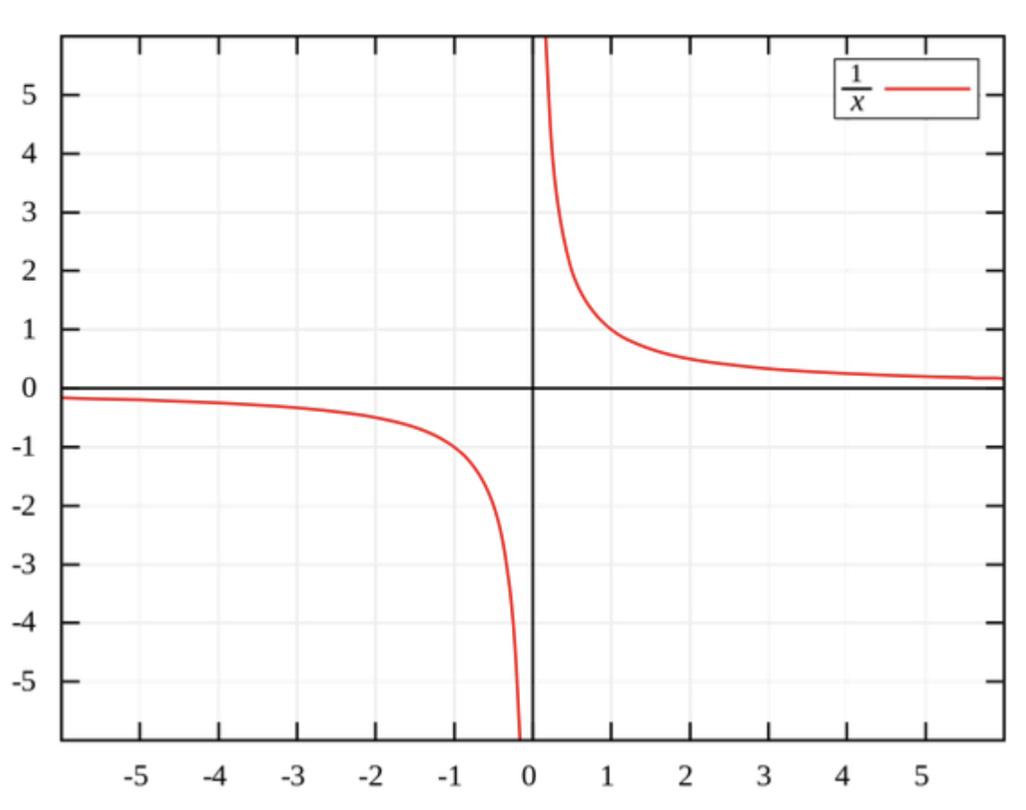You have 20 apples that you put into 5 boxes. "How many apples per box?" 20/5=4. Easy.
You have 20 apples that you put into half a box. "How many apples per box?" 20/0.5=40. You can see how 20 apples in half of a box implies 40 apples per full box.
You have 20 apples that you don't put into anything. "How many apples per box?" 20/0=? What box? What are you talking about? How can you suggest that there are a number of apples per box when there's no box to begin with? Lunatic!
